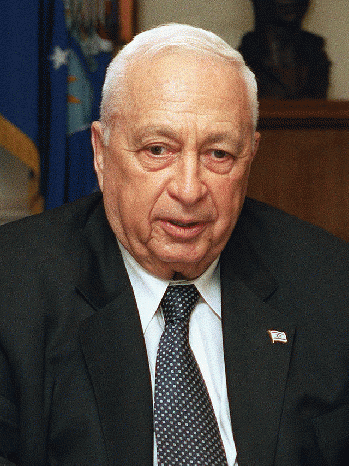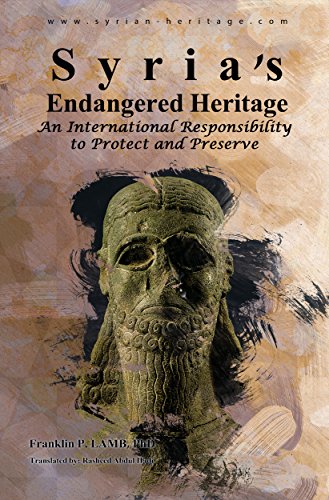Despondency, Cynicism, and Determination for "Full Return" mark Lebanon's Palestinian camps
Shatila Palestinian Refugee Camp, Beirut Lebanon, September 15, 2016 by Franklin Lamb.
The intense summer heat was gone and the evening was breezy and cool on that fateful Thursday evening, September 15, 1982 according to survivors of the Sabra-Shatila Massacre. Now 34 years later the slaughter that happen that night and for the next three days still haunts them, as they recount the details of what happened.
It was the day after the 1982 assassination of President-elect Bachir Gemayel , the leader of the Lebanese Forces militia and a senior official of the Lebanese Kataeb Party, also known as Phalange Party. "Israel had hoped that Lebanon's newly elected president, Bashir Gemayel, would support an Israeli-Christian alliance [New York Times ]." But after Gemayel's assassination, Israel reacted by violating the agreement Israel had made with the Reagan Administration, which had opposed the Israeli invasion of Lebanon [Office of the Historian, Bureau of Public Affairs United States Department of State ].
The carnage was aided by the Israeli Defense Forces (IDF) which had surrounded Shatila refugee camp. The Christian Phalange militia penetrated the Shatila Palestinian refugee camp and conducted a frenzied, drug fueled killing spree, slaughtering an estimated 1800 to 3500 people. It was nearly three days of slaughter, rape and dismemberment of the civilian population; men, women and children.
The Israeli forces closed in with their tanks and blockaded the Shatila refugee camp and the adjacent Sabra neighborhood. The Phalange militia's intent was to slaughter Palestinians, but anyone they encountered became a target including some Lebanese among the victims.
The Israelis communicated with the Phalange terrorists and blocked the Palestinian refugees from fleeing Shatila camp, while at the same time they ushered in reinforcements of Phalange forces who then committed more carnage. The IDF lighted up the night in the Palestinian refugee camp with flares, turning night into day so that the Phalange forces could better find the victims of their killing spree. Later the IDF provided bulldozers and other heavy equipment to bury and hide the bodies.

Ariel Sharon, the 'Bulldozer'
(Image by (From Wikimedia) Helene C. Stikkel Description / DoD photo cropped at , Author: See Source) Details Source DMCA
Neither the Israeli organizers who facilitated the massacre, nor their Lebanese designates who carried out the massacre were ever held accountable. But Palestinians celebrated when Ariel Sharon died on January 11, 2014. Sarah Leah Whitson, the director of Human Rights Watch for the Middle East said on Sharon's death:
"His passing is another grim reminder that years of virtual impunity for rights abuses have done nothing to bring Israeli-Palestinian peace any closer. For the thousands of victims of abuses, Sharon's passing without facing justice magnifies their tragedy." [ Ariel Sharon, the "Butcher of Beirut," is Dead ]
In 1983 the Israeli Kahan Commission of Inquiry's conclusion said:
"Israel had been indirect responsibility for the massacre: Prime Minister Menachem Begin was found responsible for not exercising greater involvement in the matter; Defense Minister Ariel Sharon was found responsible for ignoring the danger of bloodshed when he approved the Phalangist's entry to the camp, as well as not taking appropriate measures to prevent bloodshed; IDF Chief of Staff Raful Eitan was found responsible for not giving the appropriate orders to prevent the massacre.
The Lebanese forces that carried out the bloody massacre in 1982 had been assured of amnesty. The corrupt and increasingly polarized sects in Lebanon have transformed many of the killers and warlords into "political lords", several of whom still hold political leadership positions in Lebanon. Some are vying to become Lebanon's next President. Their past crimes seemingly long forgotten.
(Note: You can view every article as one long page if you sign up as an Advocate Member, or higher).






